In recent years, along with promoting the application of scientific and technical advances and new technologies in production, relevant sectors have actively promoted, encouraged and supported organizations and individuals to develop agricultural production in the direction of circular economy . Thanks to the province's support policies, many models have been effective, bringing high income to the people.
 Circular agricultural model of Mr. Do Van Hoan's family, Cam Tan commune (Cam Thuy).
Circular agricultural model of Mr. Do Van Hoan's family, Cam Tan commune (Cam Thuy).
Previously, the economic conditions of Mr. Do Van Hoan's family in Cam Tan commune (Cam Thuy) were very difficult. In 2017, when Cam Tan commune had a policy of land accumulation, Mr. Hoan's family decided to rent 5 hectares of land from some households in the village to build a comprehensive farm. Through the Farmers' Association, Mr. Hoan borrowed money from the bank to build a pig farm in the form of a joint venture with a scale of 1,000 pigs/batch. At the same time, he built a farm to raise more than 20 beef cows. The process of raising pigs and cows is carried out in a biosafety direction. Through learning from the experience of some models and self-studying knowledge on social networks, he found that the amount of waste from livestock farming on the farm is quite large, which can be used to process biofertilizer. Therefore, Mr. Hoan built a 200m3 biogas tank to treat waste as food for raising earthworms. On average, Mr. Hoan's family produces over 100 tons of vermicompost each year...
Along with developing livestock models, with available organic fertilizers, on the remaining land area, Mr. Hoan bought more than 2,000 Thai jackfruit, coconut, orange trees... to plant. Some of the remaining area he planted grass to feed cows. The farm's crops are fertilized with vermicompost to grow quickly, helping to improve the soil, especially reducing production costs in the context of high fertilizer prices as present. Thanks to production in the direction of circular agriculture, Mr. Hoan's family farm has created safe products, which are well received by the market in and outside the province. On average, each year, his family sells nearly 2,000 pigs, 30 cows, sells more than 200 tons of vermicompost, 15 tons of various fruits, deducting expenses for a profit of about 700 million VND.
Circular economy in agriculture is a closed-cycle production process through the application of scientific and technical advances, biotechnology, and physical-chemical technology to recycle waste and by-products as input materials for the production and processing of agricultural, forestry and fishery products. Thereby, not only creating safe and high-quality products but also minimizing waste, contributing to raising people's awareness of reusing by-products and waste in agricultural production associated with environmental protection. Up to now, many agricultural production models in the direction of circular economy have been implemented, typically, such as: Organic rice production model combined with product consumption, rice growing - edible mushroom growing - organic fertilizer production model; grass growing model combined with cow raising; integrated economic model of cows - earthworms - grass/corn/fruit trees - livestock, poultry - fish; rice - fish model... In which, most of the models are developed in the traditional direction combined with the application of scientific and technical advances, especially the application of biotechnology, using probiotics, biological products, such as Balasa Nol, EM, BioEM, TRICHODEMA..., raising black soldier flies or earthworms to process waste into animal feed and nutrition for crops... Making good use of agricultural by-products and rural waste not only has the meaning of reducing pollution of the agricultural and rural environment but also has great significance in providing nutrients and organic matter to supplement the soil to help improve the soil and improve the quality of agricultural products. Therefore, the implementation of research to propose solutions for circulating and reusing agricultural by-products and rural waste has high practical significance in protecting the agricultural and rural environment in the province in the coming time.
It can be seen that, in the context of climate change, the application of circular economy in agriculture is an inevitable trend, which has been and is being implemented by farmers in the province, and is increasingly expanding due to its high efficiency in all economic, environmental and social aspects. The production process follows a closed cycle, most of the waste and by-products will be recycled, returned as input materials for the process of farming, processing agricultural, forestry and fishery products; creating safe, high-quality products, minimizing waste, loss and waste. However, in addition to the achieved results, the province has a large agricultural production scale in terms of cultivation, livestock, aquaculture and forestry, so in the production cycle, many types of by-products and waste will arise. According to estimated data, every year in the province, 15 - 20 million tons of plant by-products such as straw, tree trunks, leaves, etc. are generated after harvesting crops; 10 - 15 million tons of livestock waste and a large amount of organic waste in the solid waste of rural people. These are waste sources that put great pressure on the agricultural and rural environment. If this waste source is not strictly controlled, it will be a serious source of pollution, causing environmental pollution, especially water pollution.
At the Scientific Workshop on Solutions to Removing Difficulties and Obstacles in the Implementation of Projects under the Rural and Mountainous Areas Program for the 2021-2025 Period in Thanh Hoa (December 2023), Associate Professor, Dr. Cao Truong Son, Faculty of Natural Resources and Environment (Vietnam Academy of Agriculture), said: If agricultural by-products and livestock waste are well utilized, it will not only be important in reducing greenhouse gas emissions and environmental pollution, but also contribute to improving soil quality, agricultural product quality and economic efficiency for agricultural production activities. Therefore, circular agriculture is an optimal development trend and is suitable for the practical situation of Thanh Hoa province in particular and the whole country in general... Associate Professor, Dr. Cao Truong Son also suggested that, in order to promote circular economy in agricultural production, first of all, it is necessary to raise awareness of state management agencies on agriculture, businesses and farmers about circular economy in agriculture. It is necessary to develop a communication strategy on the circular economic model in agriculture on mass media, agricultural training courses, and agricultural extension programs. Depending on each subject and locality, there are different appropriate measures: the State management agency on agriculture guides farmers to choose appropriate and effective models of utilizing agricultural by-products and waste. At the same time, Thanh Hoa province needs to pay special attention to promoting scientific research activities on circular agriculture such as: Technology, techniques for recycling and reusing waste; pilot models of circular agriculture; digital technology and high-tech applications in agricultural production; linkages in agricultural production with other industries and fields, striving to achieve the goal of carbon neutrality in the agricultural production sector by 2050, building a low-carbon, environmentally friendly, green growth agriculture and building a civilized, modern countryside.
Article and photos: Tran Hang
Source


![[Photo] Readers line up to visit the photo exhibition and receive a special publication commemorating the 135th birthday of President Ho Chi Minh at Nhan Dan Newspaper](https://vphoto.vietnam.vn/thumb/1200x675/vietnam/resource/IMAGE/2025/5/17/85b3197fc6bd43e6a9ee4db15101005b)


![[Photo] More than 17,000 candidates participate in the 2025 SPT Competency Assessment Test of Hanoi National University of Education](https://vphoto.vietnam.vn/thumb/1200x675/vietnam/resource/IMAGE/2025/5/17/e538d9a1636c407cbb211b314e6303fd)

![[Photo] Prime Minister Pham Minh Chinh chairs meeting on science and technology development](https://vphoto.vietnam.vn/thumb/1200x675/vietnam/resource/IMAGE/2025/5/17/ae80dd74c384439789b12013c738a045)




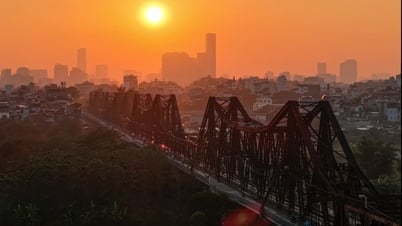


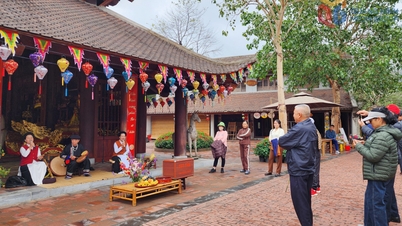
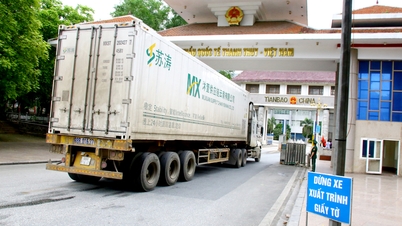

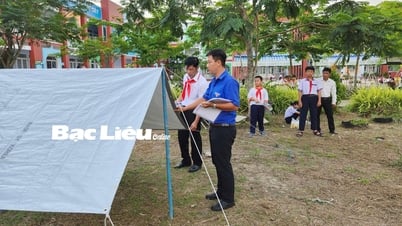
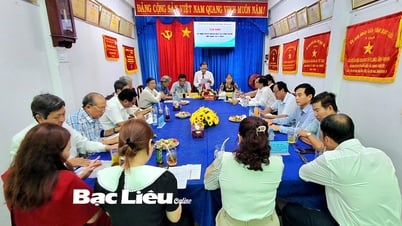
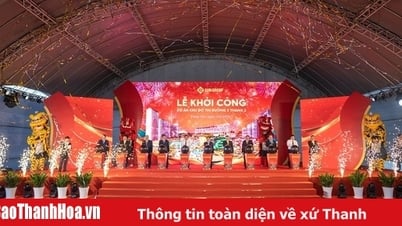

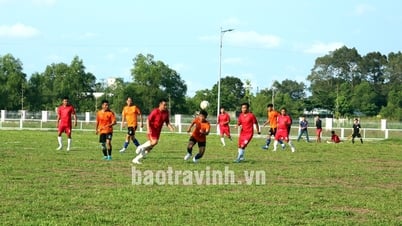

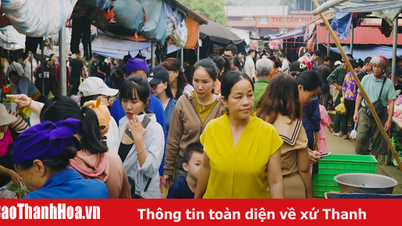






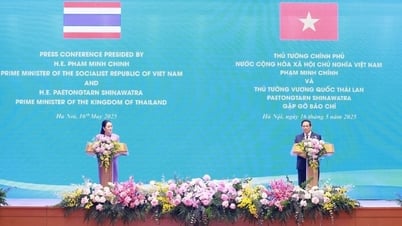


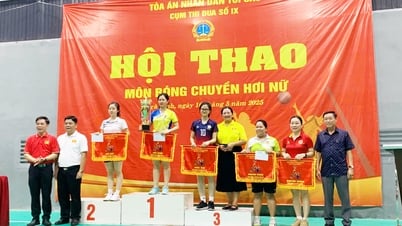
![[Photo] Nearly 3,000 students moved by stories about soldiers](https://vphoto.vietnam.vn/thumb/1200x675/vietnam/resource/IMAGE/2025/5/17/21da57c8241e42438b423eaa37215e0e)




































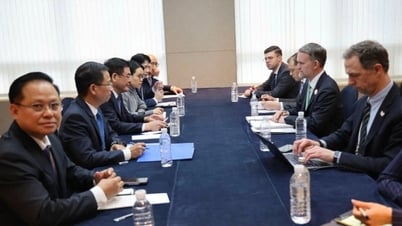











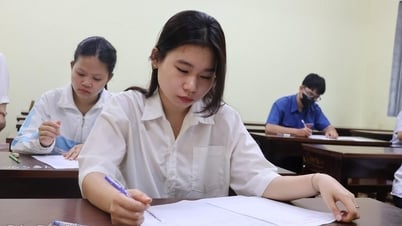

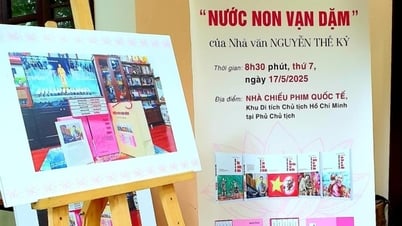

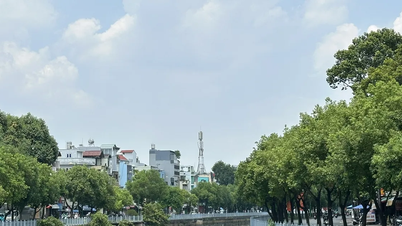
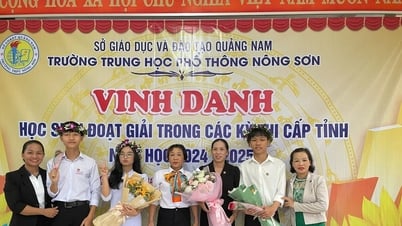

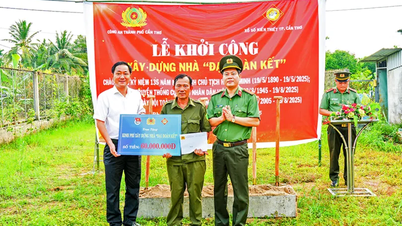










Comment (0)